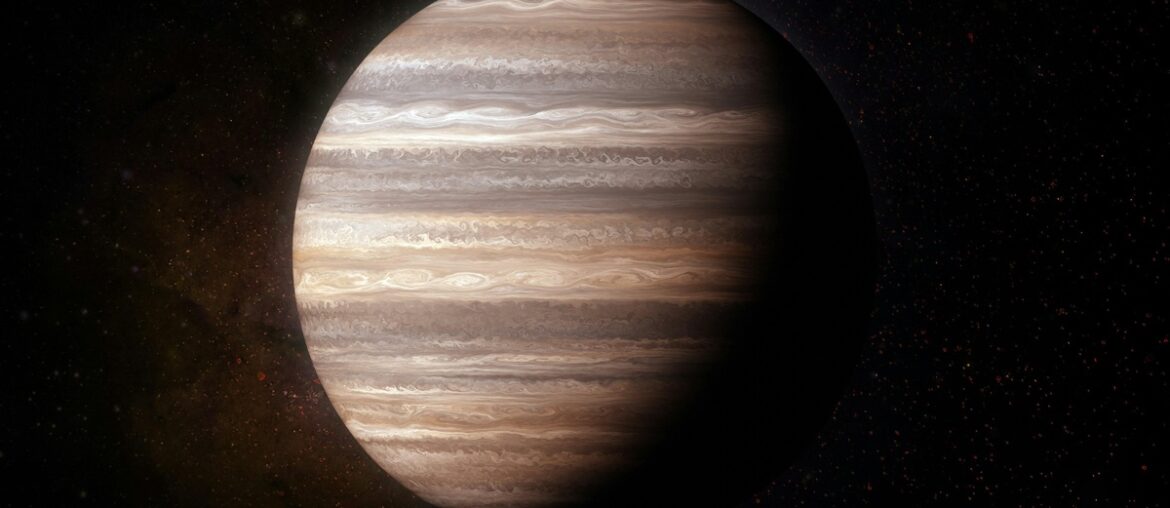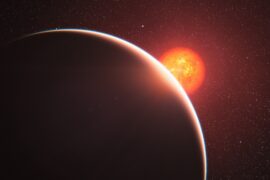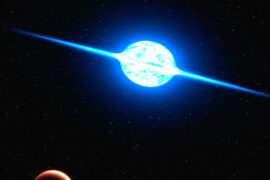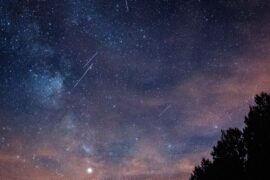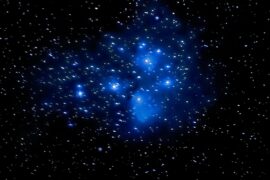From the glittering bands of our solar system to the faint points of distant star systems, planets come in many sizes and environments. Comparing them side by side helps reveal patterns in composition, orbit, and how they interact with their host stars.
There are 20 Examples of Planets, ranging from 51 Pegasi b to WASP-107b. For each entry the table below records Common short name,Type,Diameter (km),Location to make quick comparisons straightforward — you’ll find below.
How were these 20 planets chosen for the list?
The selection aims to show a variety of planet types and discovery contexts (hot Jupiters, sub-Neptunes, confirmed exoplanets discovered by different methods), so the list highlights diversity rather than completeness and points to well-documented examples for further reading.
How reliable are the Diameter (km) and Location entries?
Diameter and location data come from published measurements and catalogues; for many exoplanets diameters are estimates with uncertainties (especially for non-transiting planets), so use the values for comparisons and reference the original sources if you need precise error margins.
Examples of Planets
| Name | Common short name | Type | Diameter (km) | Location |
|---|---|---|---|---|
| Mercury | Mercury | Terrestrial | 4,880 | Sun — 1st orbit |
| Venus | Venus | Terrestrial | 12,104 | Sun — 2nd orbit |
| Earth | Earth | Terrestrial | 12,742 | Sun — 3rd orbit |
| Mars | Mars | Terrestrial | 6,779 | Sun — 4th orbit |
| Jupiter | Jupiter | Gas giant | 139,822 | Sun — 5th orbit |
| Saturn | Saturn | Gas giant | 116,464 | Sun — 6th orbit |
| Uranus | Uranus | Ice giant | 50,724 | Sun — 7th orbit |
| Neptune | Neptune | Ice giant | 49,244 | Sun — 8th orbit |
| Pluto | Pluto | Dwarf planet | 2,377 | Kuiper belt — ~39 AU |
| Eris | Eris | Dwarf planet | 2,326 | Scattered disk — ~96 AU |
| Haumea | Haumea | Dwarf planet | 1,632 | Kuiper belt — ~43 AU |
| Makemake | Makemake | Dwarf planet | 1,434 | Kuiper belt — ~45 AU |
| Ceres | Ceres | Dwarf planet | 946 | Asteroid belt — ~2.8 AU |
| HD 209458 b | HD 209458 b | Hot Jupiter | 193,000 | HD 209458 — ~159 ly |
| 51 Pegasi b | 51 Pegasi b | Hot Jupiter | — | 51 Pegasi — ~50 ly |
| Proxima Centauri b | Proxima Centauri b | Terrestrial | — | Proxima Centauri — 4.24 ly |
| Kepler-186f | Kepler-186f | Terrestrial | 14,150 | Kepler-186 — ~490 ly |
| TRAPPIST-1e | TRAPPIST-1e | Terrestrial | 11,730 | TRAPPIST-1 — ~39 ly |
| GJ 1214 b | GJ 1214 b | Super-Earth | 34,150 | GJ 1214 — ~48 ly |
| WASP-107b | WASP-107 b | Gas giant | 131,630 | WASP-107 — ~200 ly |
Images and Descriptions
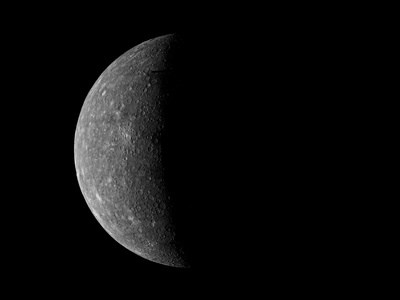
Mercury
Small, heavily cratered rocky world closest to the Sun with extreme temperature swings and an unusually large iron core. Its fast 88-day orbit and ancient, battered surface make Mercury a key record of early Solar System history.
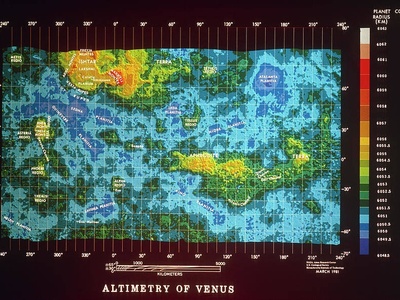
Venus
Earth-sized planet wrapped in a dense CO2 atmosphere that produces a runaway greenhouse effect and scorching surface temperatures. Venus rotates retrograde and is covered by thick clouds, making surface study challenging yet intriguing.
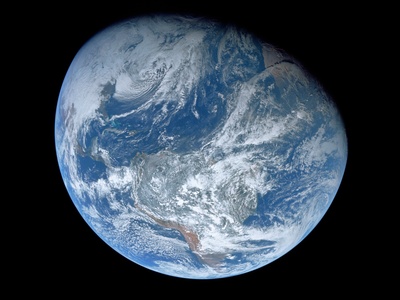
Earth
Our home planet, uniquely known to host life, stable oceans, and a protective atmosphere and magnetic field. Earth’s active geology and climate systems make it the benchmark for habitability studies of other worlds.
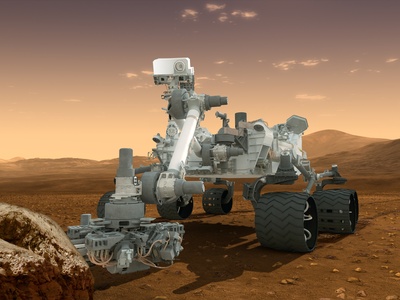
Mars
Cold, dusty red planet with the largest volcano and canyon in the Solar System. Mars shows strong evidence of past liquid water, is heavily explored by rovers and orbiters, and is a prime target for searching past life.
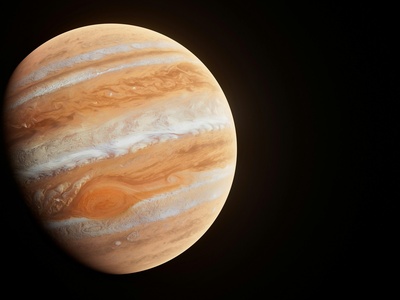
Jupiter
The Solar System’s largest planet, a massive gas giant with powerful storms (including the Great Red Spot) and a dominant gravitational influence. Its strong magnetosphere and many moons shaped planetary formation and dynamics.
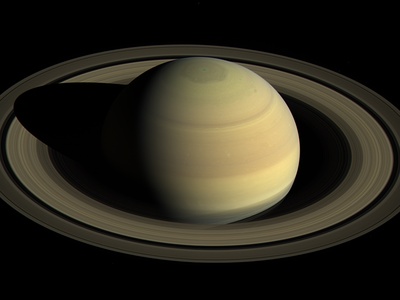
Saturn
Famous for spectacular rings made of ice and rock, Saturn is a low-density gas giant with a rich moon system including Titan. Its ring structure and seasonal changes make it visually iconic and scientifically valuable.
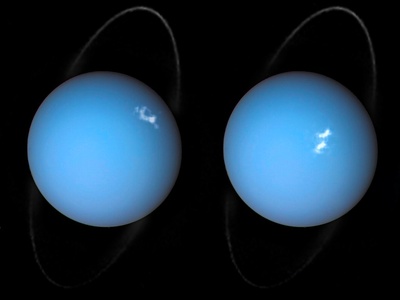
Uranus
An ice giant tipped nearly on its side, Uranus has a cold atmosphere rich in methane that gives a blue-green color, faint rings, and extreme seasonal variations due to its unusual axial tilt.
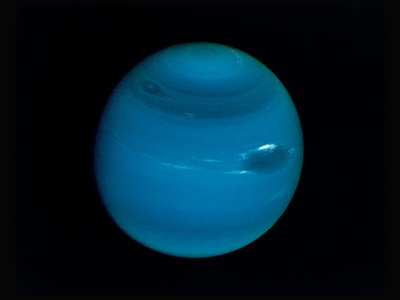
Neptune
The distant, deep-blue ice giant with the strongest winds in the Solar System and dynamic weather patterns. Neptune’s size and composition reveal much about planet formation in the outer Solar System.
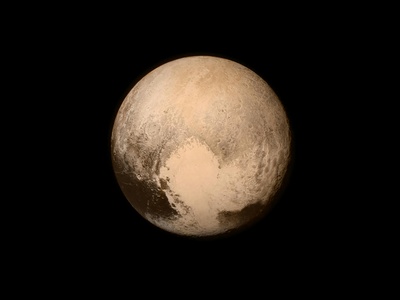
Pluto
Once classified as the ninth planet, Pluto is a Kuiper belt dwarf planet visited by New Horizons in 2015, revealing mountains, plains, and a thin atmosphere—transforming our view of distant icy worlds.
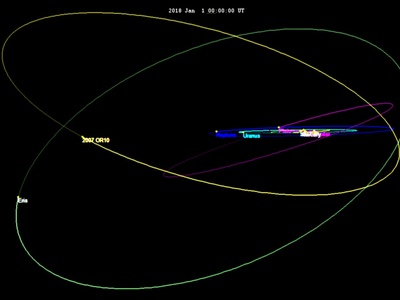
Eris
A bright, massive dwarf in the scattered disk discovered in 2005; Eris’s discovery was pivotal in redefining “planet.” Slightly smaller than Pluto, it helped catalyze the IAU’s dwarf-planet category.
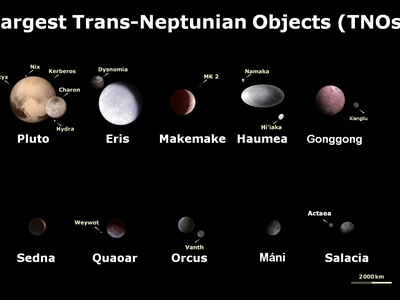
Haumea
An elongated, fast-rotating dwarf planet with a pronounced shape and rapid spin, Haumea has a collisional family of icy bodies and a ring; its unusual form points to a violent past.
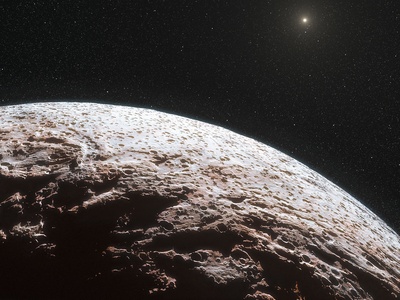
Makemake
A bright Kuiper belt dwarf discovered in 2005, Makemake has a reddish surface and little to no atmosphere; it helped reveal the diversity of icy worlds beyond Neptune.
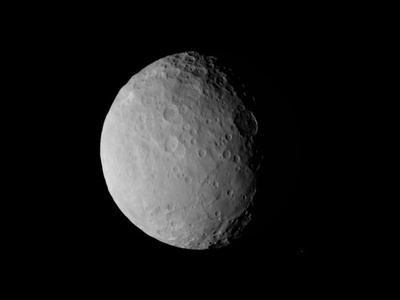
Ceres
The largest object in the asteroid belt and a dwarf planet, Ceres was visited by NASA’s Dawn mission which found water-bearing minerals and signs of ancient or ongoing cryovolcanic activity.
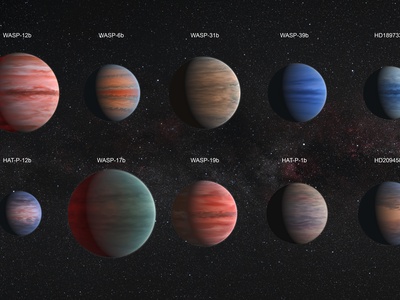
HD 209458 b
One of the first transiting exoplanets discovered, HD 209458 b’s atmosphere has been directly studied, showing signs of atmospheric escape and complex chemistry. Its transit made exoplanet atmospheric studies possible.
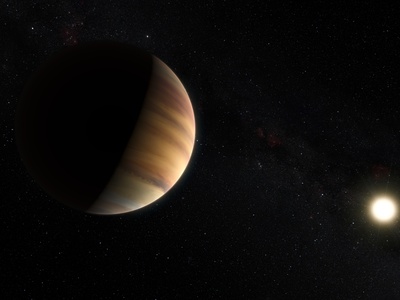
51 Pegasi b
The first exoplanet discovered orbiting a Sun-like star (1995), 51 Pegasi b launched modern exoplanet science. It’s a close-orbiting gas giant that surprised astronomers and expanded planet formation models.
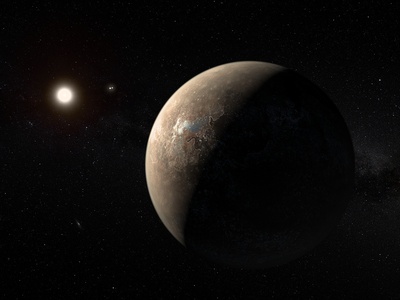
Proxima Centauri b
The nearest confirmed exoplanet to Earth, detected by radial velocity and likely at least Earth-mass in or near the habitable zone. Stellar flares and uncertain atmosphere make habitability unclear but intriguing.
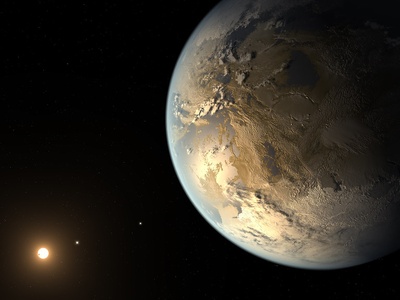
Kepler-186f
The first Earth-sized planet found in the habitable zone of another star by Kepler. Kepler-186f’s size and location make it a milestone discovery, though its atmosphere and true habitability remain unknown.
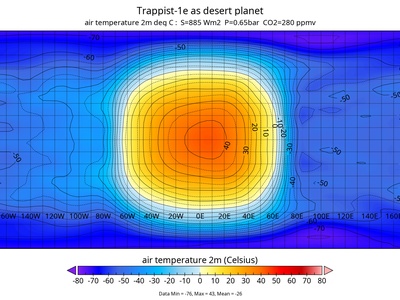
TRAPPIST-1e
One of several Earth-sized worlds in the compact TRAPPIST-1 system, TRAPPIST-1e sits in the star’s habitable zone and is considered one of the best nearby targets for atmospheric characterization and habitability studies.
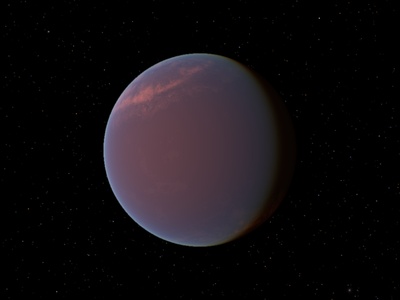
GJ 1214 b
A prototypical “super-Earth/mini-Neptune” with a thick atmosphere, GJ 1214 b is small enough to be rocky or water-rich and has been the focus of intense atmospheric observations to determine its composition.
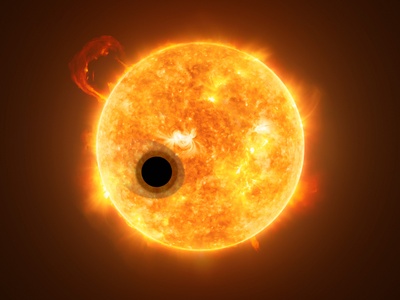
WASP-107b
An unusually low-density gas giant with strong atmospheric escape and helium detected in its extended atmosphere. WASP-107b’s puffy nature challenges models of gas-giant structure and atmospheric retention.
Enjoyed this article?
Get daily 10-minute PDFs about astronomy to read before bed!
Sign up for our upcoming micro-learning service where you will learn something new about space and beyond every day while winding down.

